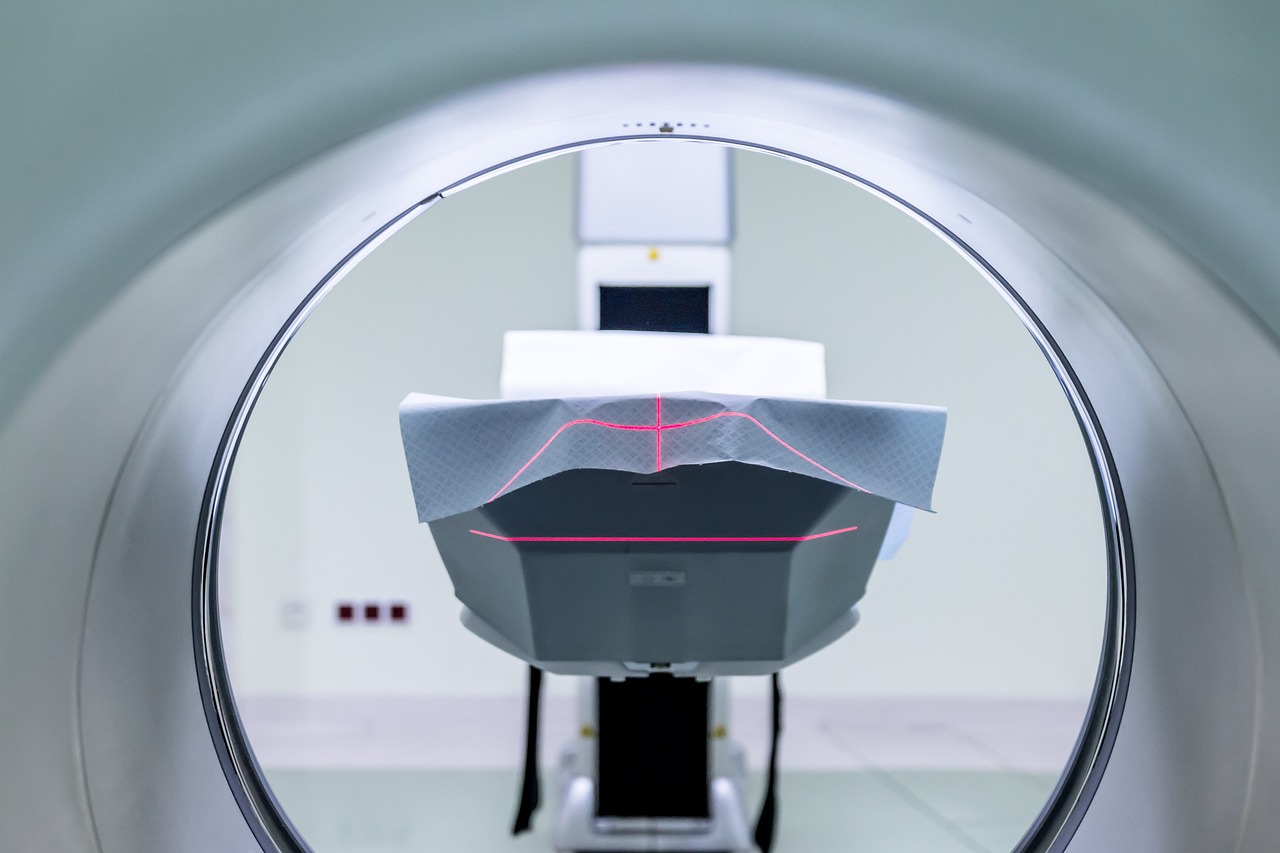
Understanding Big Data in Healthcare
| Type of Data | Sources |
|---|---|
| Electronic Health Records (EHRs) | – Hospital and clinic records<br>- Physician notes<br>- Medication histories |
| Wearable Device Data | – Fitness trackers<br>- Smartwatches<br>- Remote monitoring devices |
| Patient-Generated Data | – Online health forums<br>- Social media interactions<br>- Mobile health apps |
| Genomic and Molecular Data | – Genetic tests<br>- Biomarker analyses<br>- Clinical laboratory data |
| Claims and Billing Data | – Insurance claims<br>- Reimbursement records<br>- Billing information |
Data Sources in Healthcare
The healthcare industry is a rich source of diverse data, including:
- Electronic Health Records (EHRs): Comprehensive patient medical histories, including diagnoses, treatments, and outcomes.
- Wearable Devices: Real-time health and activity data collected through various wearable technologies.
- Patient-Generated Data: Information shared by patients through online platforms, social media, and mobile health applications.
- Genomic and Molecular Data: Genetic information and biomarker data obtained from laboratory tests and clinical research.
- Claims and Billing Data: Financial and administrative data related to healthcare services and reimbursements.
Volume, Variety, and Velocity of Healthcare Data
The data generated in the healthcare industry is characterized by the three Vs of big data:
- Volume: The sheer amount of data being collected, from millions of patient records to the continuous stream of wearable device data.
- Variety: The diverse types of data, ranging from structured electronic health records to unstructured data from social media and patient forums.
- Velocity: The speed at which new data is generated, with real-time monitoring and constant updates to patient records and health information.
The Role of Big Data in Patient Care
| Traditional Patient Care | Big Data-Driven Patient Care |
|---|---|
| Reactive Approach: Responding to patient needs as they arise | Proactive Approach: Anticipating and addressing patient needs before they occur |
| One-Size-Fits-All Treatment: Standardized care plans based on population averages | Personalized Treatment: Tailored care plans based on individual patient characteristics and data |
| Delayed Decision-Making: Reliance on limited historical data and clinician experience | Informed Decision-Making: Leveraging predictive analytics and real-time data insights |
Personalized Treatment Plans
Big data is enabling the personalization of healthcare, allowing for more targeted and effective treatment plans. Some key benefits of personalized treatment include:
- Improved Outcomes: Tailored therapies and interventions based on individual patient data lead to better clinical outcomes and reduced complications.
- Reduced Adverse Events: Personalized treatment plans can help identify and mitigate potential risks, minimizing the likelihood of adverse drug reactions or other complications.
- Enhanced Patient Engagement: Patients are more likely to adhere to treatment plans that are customized to their unique needs and preferences.
Predictive Analytics in Patient Care
The application of predictive analytics to big data is revolutionizing patient care by enabling healthcare providers to anticipate and address patient needs more effectively. Some examples of how predictive analytics is transforming patient care include:
- Early Intervention: Predictive models can identify patients at risk of developing certain conditions, allowing for early intervention and preventive measures.
- Optimized Resource Allocation: Predictive analytics can help healthcare organizations allocate resources more efficiently, such as staffing, equipment, and supplies, to meet patient demands.
- Reduced Readmissions: Predictive models can identify patients at high risk of hospital readmission, enabling targeted interventions to improve post-discharge care and reduce readmission rates.
Big Data in Medical Research

| Research Area | Big Data Applications |
|---|---|
| Clinical Trials | – Faster patient recruitment<br>- Improved trial design and execution<br>- Real-world data integration |
| Genomic Research | – Accelerated gene sequencing and analysis<br>- Identification of genetic biomarkers<br>- Personalized therapeutic development |
| Epidemiological Studies | – Improved disease surveillance and outbreak detection<br>- Identification of risk factors and social determinants of health |
| Drug Discovery | – Repurposing of existing drugs<br>- Predictive modeling for drug development<br>- Biomarker-driven clinical trials |
Accelerating Clinical Trials
Big data is revolutionizing the clinical trial process, leading to faster patient recruitment, more efficient trial design, and improved data integration. Some of the key benefits include:
- Improved Patient Identification: Leveraging data from EHRs and patient registries to identify eligible participants for clinical trials.
- Adaptive Trial Design: Using real-time data analysis to adjust trial protocols and optimize patient selection.
- Enhanced Data Integration: Seamlessly integrating real-world data from various sources to supplement traditional clinical trial data.
Genomic Research and Big Data
The vast amount of genomic data being generated, coupled with advanced analytical tools, is transforming the field of medical research and drug development. Some of the key ways big data is impacting genomic research include:
- Accelerated Gene Sequencing: High-throughput sequencing and cloud computing enable faster and more cost-effective gene sequencing.
- Identification of Genetic Biomarkers: Big data analytics help uncover genetic markers associated with specific diseases or treatment responses.
- Personalized Therapeutic Development: The integration of genomic data with clinical and demographic information supports the development of personalized therapies.
Challenges and Ethical Considerations
| Challenge | Potential Solutions |
|---|---|
| Data Privacy and Security | – Robust data governance frameworks<br>- Encryption and access controls<br>- Compliance with data protection regulations |
| Data Quality and Integration | – Standardized data reporting and formatting<br>- Automated data cleansing and harmonization<br>- Interoperable data exchange platforms |
| Algorithmic Bias | – Diverse data sets and representative training samples<br>- Transparency in algorithm development<br>- Ongoing monitoring and adjustment of algorithms |
| Regulatory Oversight | – Establishment of industry guidelines and best practices<br>- Collaboration with regulatory bodies<br>- Continuous policy updates to address emerging challenges |
Data Privacy and Security
Safeguarding patient data privacy and ensuring data security are critical challenges in the era of big data healthcare. Some best practices for addressing these concerns include:
- Robust Data Governance: Implementing comprehensive data governance frameworks to manage data access, usage, and storage.
- Encryption and Access Controls: Employing advanced encryption techniques and stringent access controls to protect sensitive patient information.
- Compliance with Regulations: Adhering to data protection regulations, such as HIPAA and GDPR, to maintain the privacy and security of patient data.
Addressing Data Quality and Integration
Ensuring the quality and integration of diverse healthcare data sets is a significant challenge in leveraging big data effectively. Strategies to overcome these challenges include:
- Standardized Data Reporting: Establishing industry-wide standards for data reporting and formatting to improve data quality and interoperability.
- Automated Data Cleansing: Implementing advanced data cleansing algorithms to identify and address inconsistencies, errors, and missing data.
- Interoperable Data Exchange: Developing secure and scalable data exchange platforms to facilitate the seamless integration of data from multiple sources.
Future Trends in Big Data and Healthcare

| Future Trend | Potential Impact |
|---|---|
| Artificial Intelligence and Machine Learning | – Automated disease diagnosis and prediction<br>- Personalized treatment recommendations<br>- Improved clinical decision support |
| Predictive and Preventive Healthcare | – Early intervention and disease prevention<br>- Proactive management of chronic conditions<br>- Reduced healthcare costs and improved outcomes |
| Real-Time Data Integration | – Continuous monitoring and real-time data analysis<br>- Timely interventions and improved patient engagement<br>- Enhanced care coordination and resource allocation |
| Blockchain-Based Data Management | – Secure and transparent data sharing<br>- Improved data provenance and traceability<br>- Enhanced patient control over personal health data |
| Democratization of Healthcare Data | – Increased patient access to personal health information<br>- Empowered patient decision-making and self-management<br>- Collaborative data-driven research and innovation |
AI and Machine Learning
The integration of artificial intelligence (AI) and machine learning (ML) with big data is poised to revolutionize healthcare, enabling more accurate diagnosis, personalized treatment recommendations, and improved clinical decision-making. Some key applications of AI and ML in big data healthcare include:
- Automated Disease Diagnosis: AI-powered algorithms can analyze medical images, lab results, and other data to detect patterns and identify potential health conditions.
- Predictive Modeling: Machine learning models can leverage vast amounts of data to predict patient outcomes, identify high-risk individuals, and tailor interventions accordingly.
- Clinical Decision Support: AI-driven systems can provide real-time insights and recommendations to healthcare providers, enhancing their ability to make informed and evidence-based decisions.
Predictive and Preventive Healthcare
The combination of big data analytics and predictive modeling is enabling the shift towards a more proactive and preventive approach to healthcare. Some of the key benefits of this trend include:
- Early Intervention: Predictive models can identify individuals at risk of developing certain conditions, allowing for early intervention and preventive measures to mitigate the onset or progression of disease.
- Chronic Disease Management: Big data-driven analytics can help healthcare providers better monitor and manage chronic conditions, leading to improved patient outcomes and reduced healthcare costs.
- Personalized Preventive Care: By leveraging individual patient data, healthcare organizations can tailor preventive strategies and wellness programs to the unique needs and preferences of each individual.
As the healthcare industry continues to embrace the transformative power of big data, the future holds immense potential for improved patient care, accelerated medical research, and the overall advancement of the healthcare system.
Conclusion
The integration of big data into the healthcare ecosystem is revolutionizing the way patient care is delivered and medical research is conducted. By harnessing the vast amounts of data generated across the industry, healthcare organizations can gain deeper insights, personalize treatment plans, and drive more informed decision-making.
From personalized medicine to predictive analytics, big data is enabling a proactive and preventive approach to healthcare, empowering both patients and providers to achieve better outcomes. As the healthcare industry continues to embrace the transformative power of big data, the future holds immense potential for improved patient care, accelerated medical research, and the overall advancement of the healthcare system.






